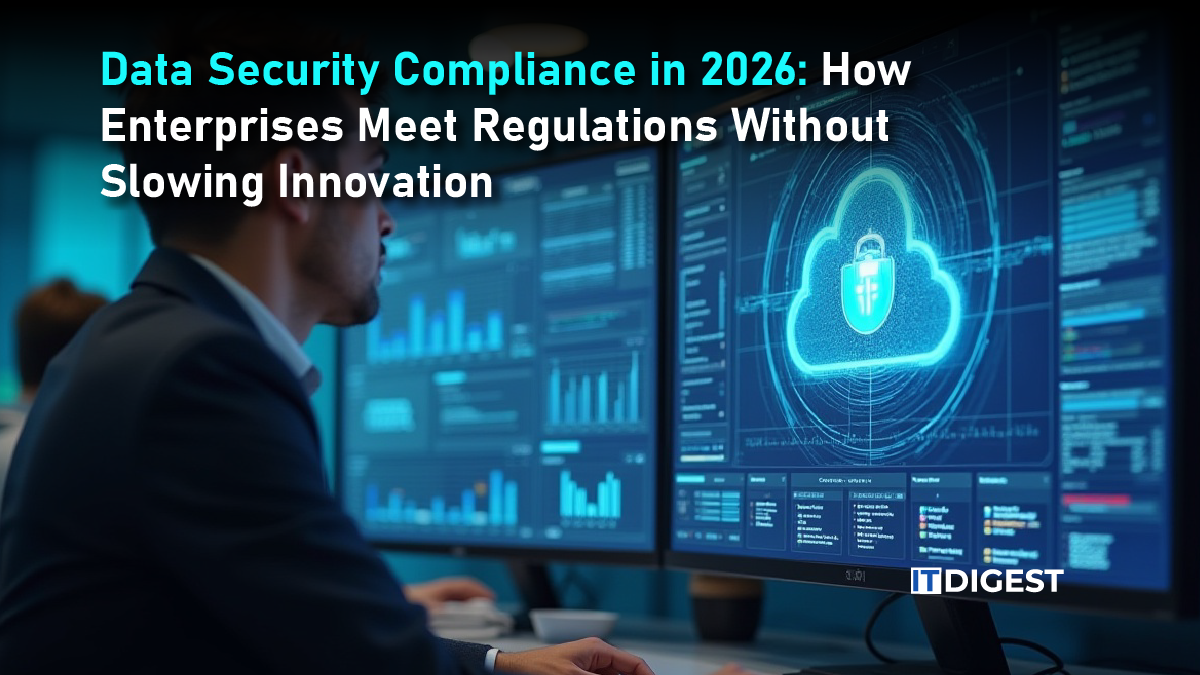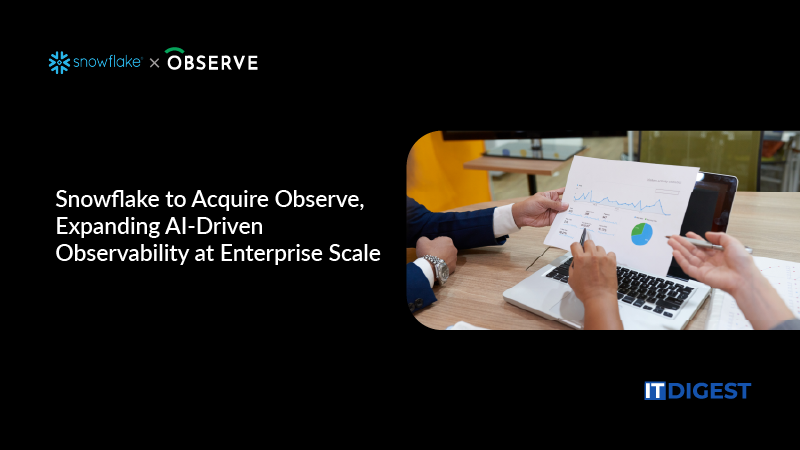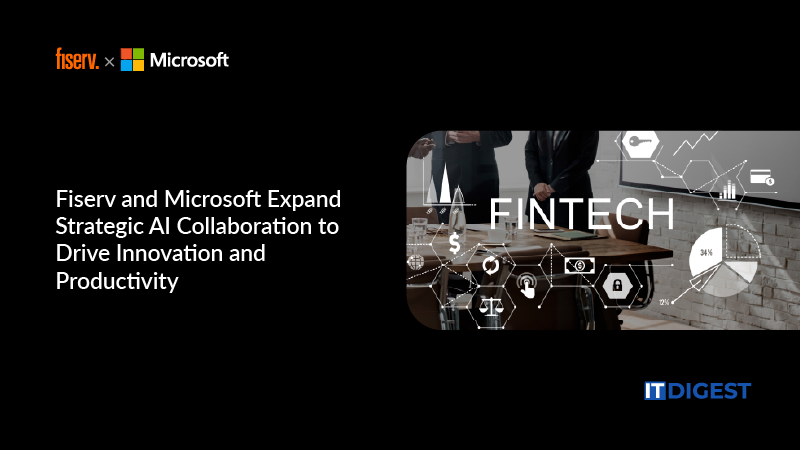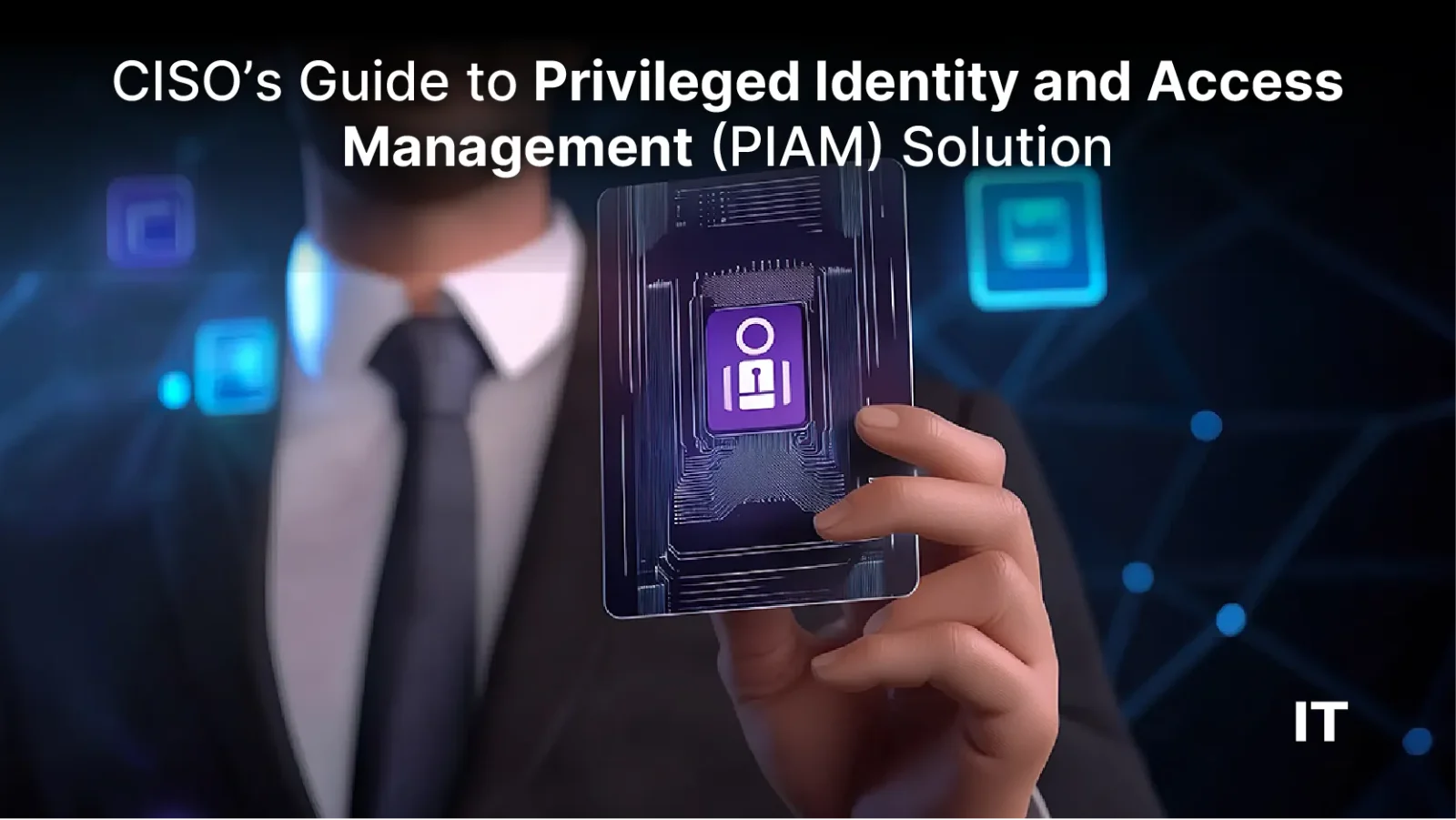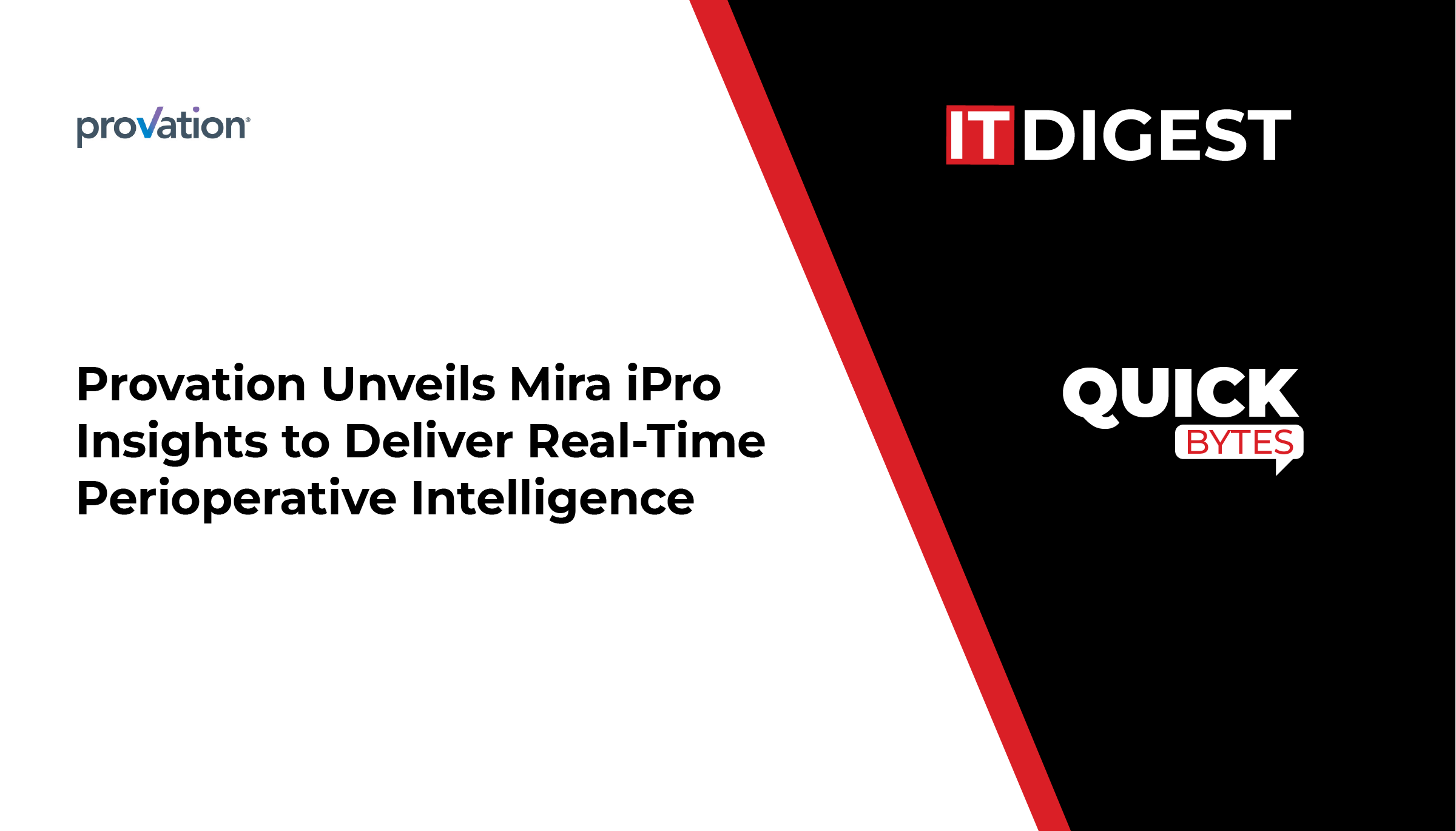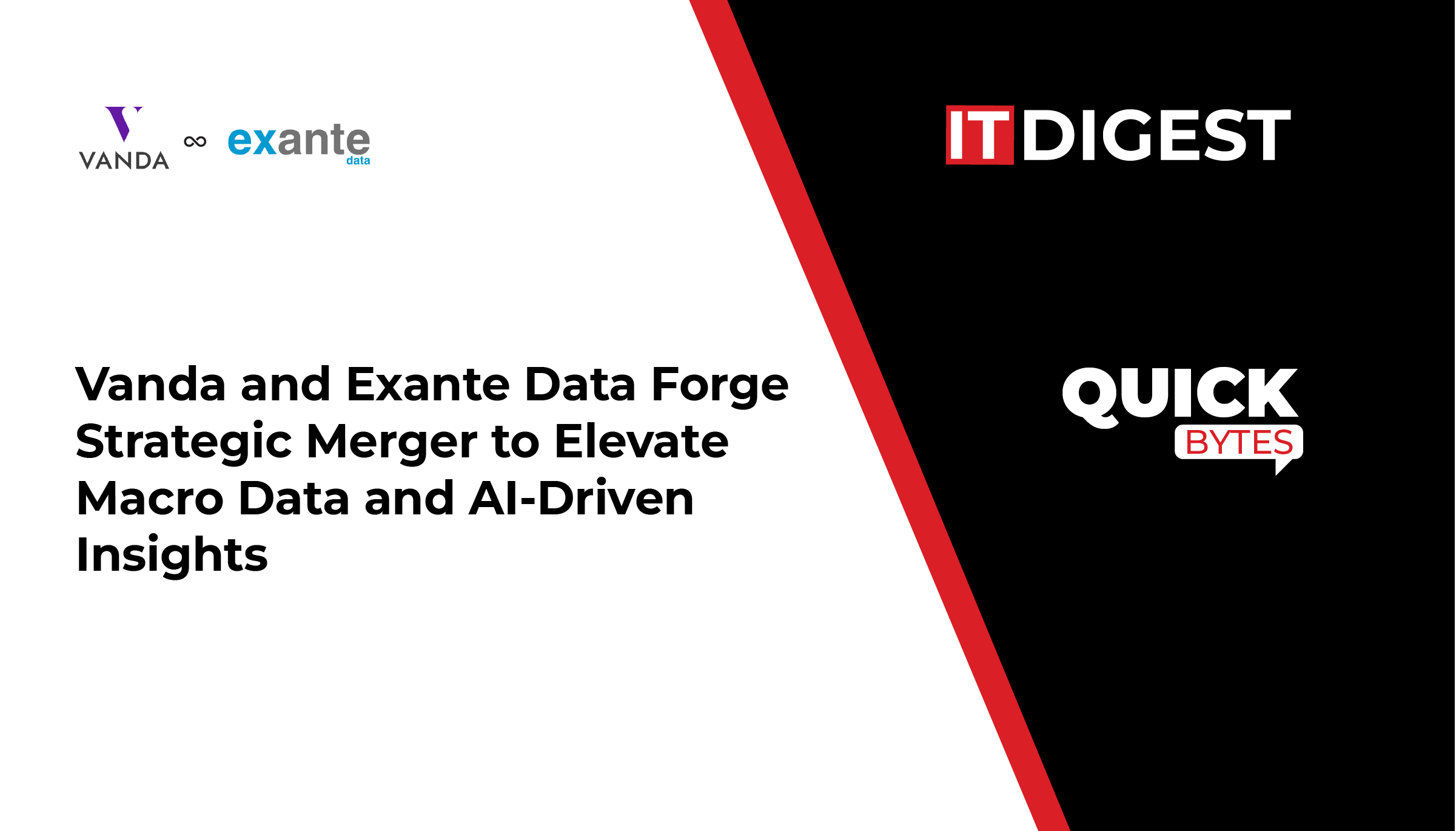In today’s digital landscape, protecting sensitive information is more critical than ever. According to a report, almost, 94% of organizations have experienced data breaches at least once in their operations, which highlights the critical need for robust identity management solutions.
Identity management in enterprise ecosystems is a key aspect of both physical and data access management. However, identity and access management (IAM) can be an intricate and complex process. To overcome this complexity, a privileged identity and access management (PIAM) solution can be an effective solution.
A PIAM platform can unify the organization’s ability to manage the identity lifecycle by conducting physical validation, verification, and access management. In this blog, we will dive deep into the difference between physical and digital access management and the key features to look for in a PIAM solution. The blog also offers an overview of critical factors to consider when selecting a PIAM vendor.
Physical vs Digital Access Management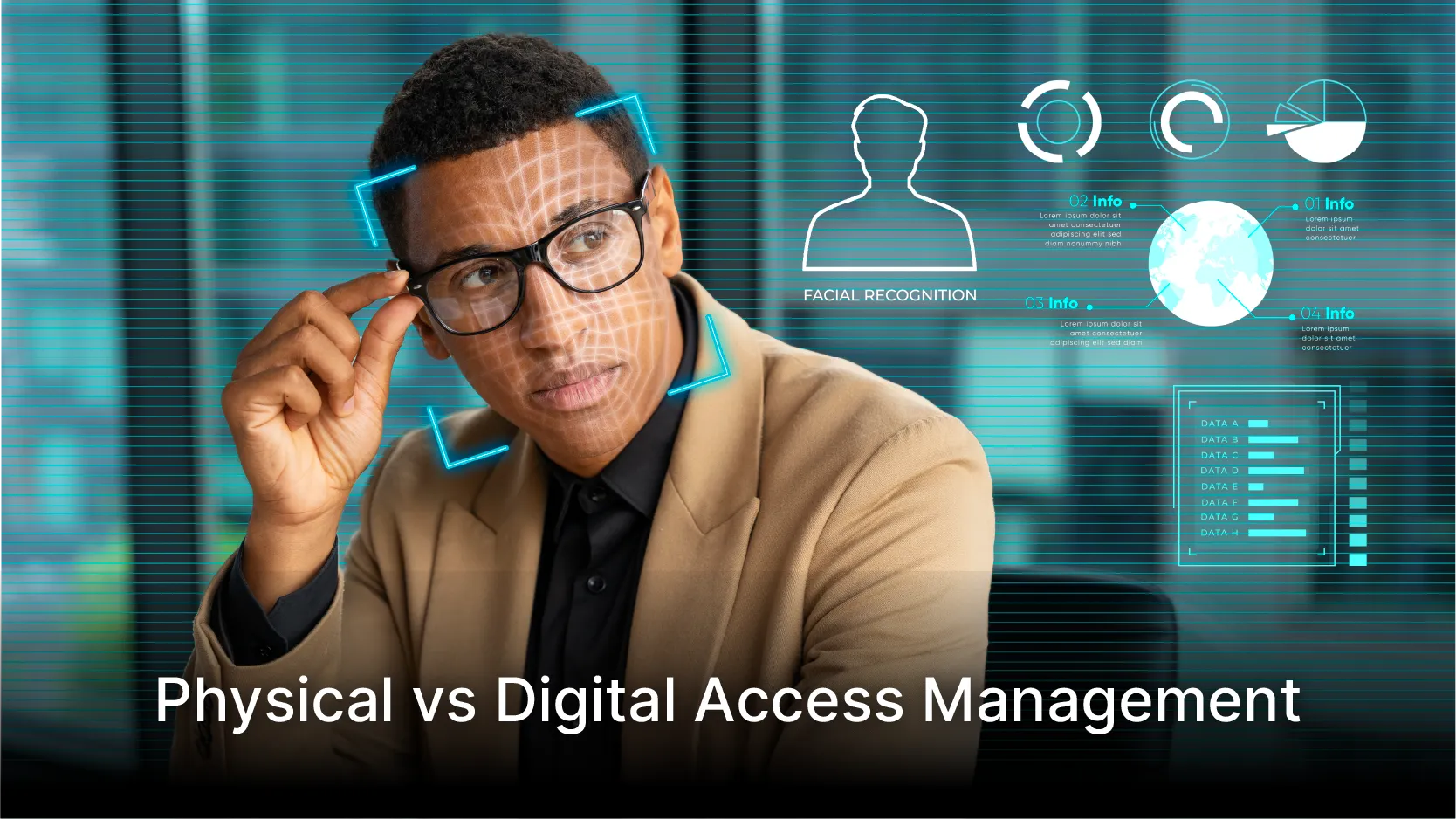
Physical access control systems (PACS) and digital access management (DAM) are both security systems that restrict access to specific areas, but they differ in the types of access they control:
● Physical access control
Restricts access to physical spaces like buildings, rooms, and campuses. PACS can include access control panels, alarms, and lockdown capabilities. PACS can help prevent unauthorized people from entering protected areas.
● Digital access management
Limits access to digital resources like computer networks, system files, and data. DAM can include user identity management (IAM) systems that use policies, processes, and systems to manage user access and digital identities. DAM can help reduce password issues, improve security, and enhance the user experience.
Now that you have understood the difference between physical and digital access management, let us have a look at the key tools and features required to develop an efficient PIAM framework.
What are the Key Tools and Features to Develop an Effective PIAM Strategy?
Enterprises need to ensure they have the following right tools integrated into their cybersecurity tech stack to ensure success:
1. Multi-Factor Authentication (MFA)
MFA adds an extra layer of security by requiring more than just a password—such as a security token or biometric verification. This drastically reduces the risk of unauthorized access.
2. Single Sign-On (SSO)
With SSO, users can log in once and gain access to multiple systems, simplifying workflows and reducing the need for multiple credentials.
3. Privileged Access Management (PAM)
Integrating PAM solutions helps organizations focus on securing high-level permissions for users with privileged access. It should include policies for granting and revoking access, monitoring user activity, detecting anomalies, and managing risk.
4. Access Management
Access management solutions should be developed on a blueprint that reflects the current environment and future goals. CISOs should look for features like single sign-on (SSO) and multi-factor authentication (MFA) that can streamline access management while boosting security.
5. Password Management
Strong password policies enforced through password management tools can help protect user accounts. The privileged identity and access management solution should include guidelines for password complexity, encryption, and periodic updates.
6. API Security
There is a tremendous surge in the number of Internet of Things (IoT) devices. Hence, managing API security is essential for organizations. The PIAM solution should extend protection to devices that communicate with the systems to ensure they’re secure.
7. Role-Based Access Control (RBAC)
RBAC assigns users specific roles with corresponding privileges, ensuring that employees only have access to the resources they need. This helps enforce the principle of least privilege and prevents unnecessary access.
8. Identity Governance & Administration (IGA)
Enforcing effective IGA helps manage user roles and compliance across the organization. It evaluates privileged identity and access management attributes to support security and operations, Furthermore, it should include a roadmap for addressing gaps and implementing phased improvements.
Also Read: Why SaaS Management is the Future of IT Operations
What are the Critical Factors to Keep in Mind for Privileged Identity and Access Management (PIAM)?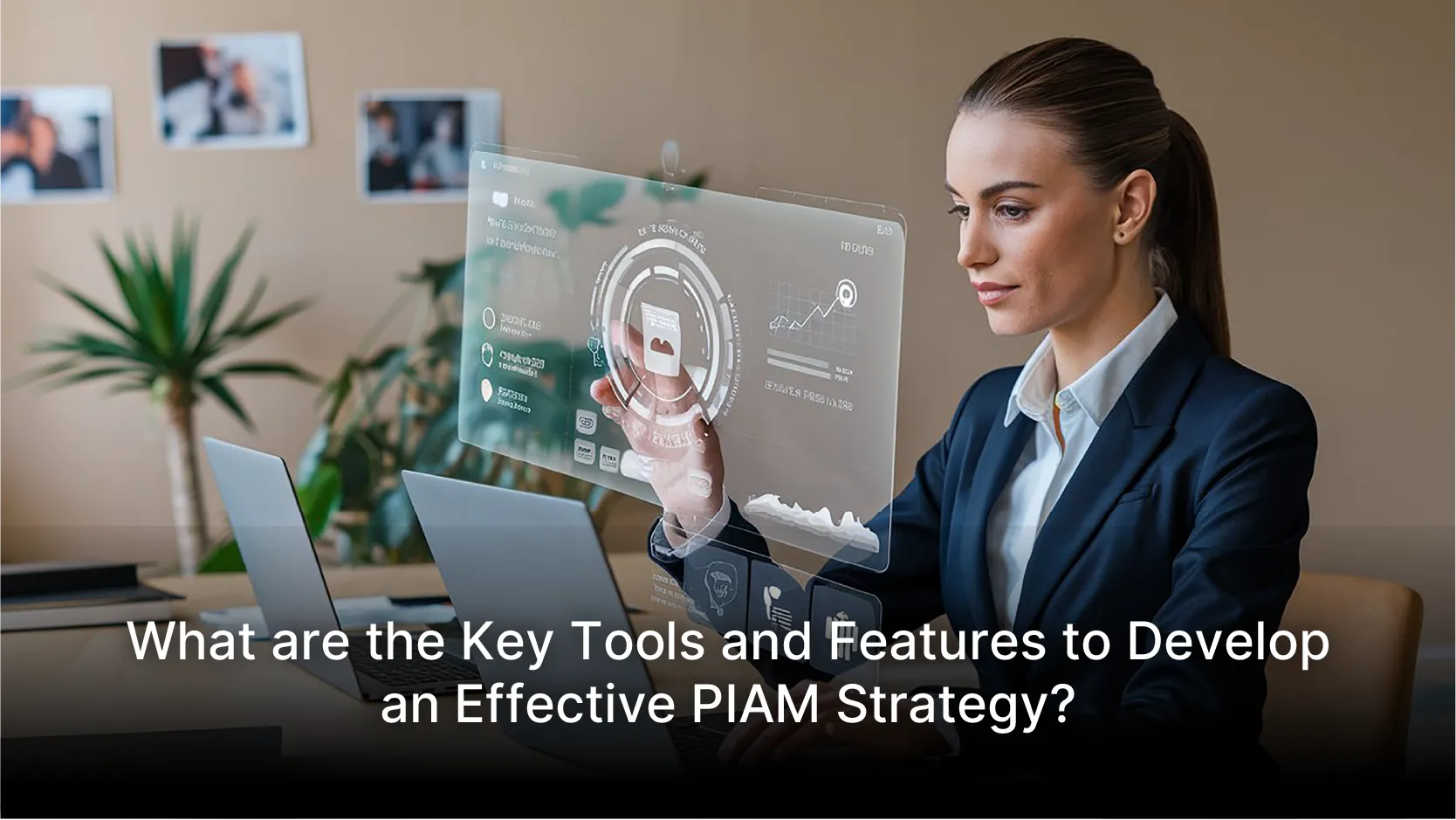
Selecting the right Privileged Identity and Access Management (PIAM) solution is not just about technology. It is more about safeguarding your business. In order to make the right choice, CISOs need to address the following five critical areas that shape the effectiveness of their IAM approach:
1. Understand Your Ecosystem
Businesses need to have a clear understanding of whether they operate on-premise, in the cloud, or within a hybrid environment. The PIAM solution should align with your current and future infrastructure needs.
2. Create A Road Map For All the Applications
Security teams should consider cataloging all the applications that require PIAM integration, including cloud-based services (SaaS). This approach ensures seamless connectivity and protection across platforms.
3. Determine What Needs Protection
It is crucial to understand whether your PIAM solution is designed to safeguard everything connected to the network including users, systems, data, and devices. Furthermore, it is also necessary to determine if a privileged identity and access management solution is built for a specific system or segment. Clear identification of the scope of the PIAM platform is crucial.
4. Assess Internal Capabilities
CISO should consider evaluating whether the organization has the capability, resources, personnel, skills, and budget to manage PIAM in-house. If you do not have the required bandwidth, consider outsourcing to a privileged identity and access management services provider, which can offer a reliable framework supported by industry best practices.
5. Plan for Future Growth
Business growth and digital expansion are happening at a rapid scale in today’s digital-first landscape. It highlights that the PIAM solution must also be scalable to accommodate future demands.
What Factors to Consider for Choosing the Right PIAM Vendor?
Selecting the right privileged identity and access management vendor is just as important as selecting the solution itself. Here’s what to consider when evaluating vendors:
● Cost Transparency
Cost plays a critical role in adopting any technology. Cybersecurity teams need to evaluate whether the vendor’s fees are in line with industry standards. CISOs should make sure they understand what’s included in their pricing and whether it meets your budget or not.
● Experience and Track Record
Organizations need to ensure the vendor is reliable and has a proven track record in the domain. Decision makers need to ensure that the PIAM vendor has successfully implemented PIAM projects of a similar size and scope. Evaluating the past experience of the vendor is an effective indicator of their capability to deliver.
● Technology Alignment
As the tech space is evolving at a rapid scale, businesses need to ensure that the vendors live up to their claims. It is crucial to ensure that there is no disconnect between what they promise and what their technology actually delivers.
● Compliance Adherence
Cybersecurity teams have to comply with various regulatory requirements. Organizations need to check if the vendor has the expertise to comply with the regulatory requirements. CISOs can evaluate if the vendor can guide the organization through industry-specific compliance and risk management.
● User Impact
User experience plays an important role in the adoption of the technology. Before adopting the technology, leaders need to evaluate if the solution is intuitive for users or whether it is complicated to use. Privilege and identity access management platforms that are user-friendly will ensure successful adoption.
Wrapping it Up
A robust PIAM solution is key to managing both physical and digital access while safeguarding your business from potential threats. By choosing the right tools, considering key factors, and selecting a reliable vendor, organizations can strengthen their security posture and better protect their valuable assets.


